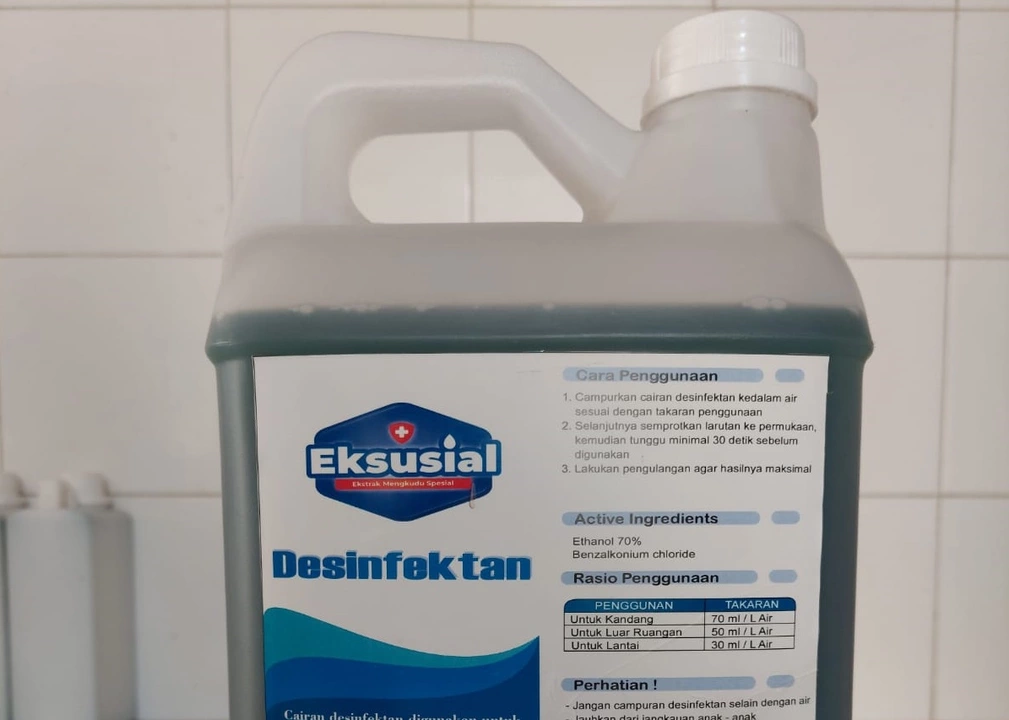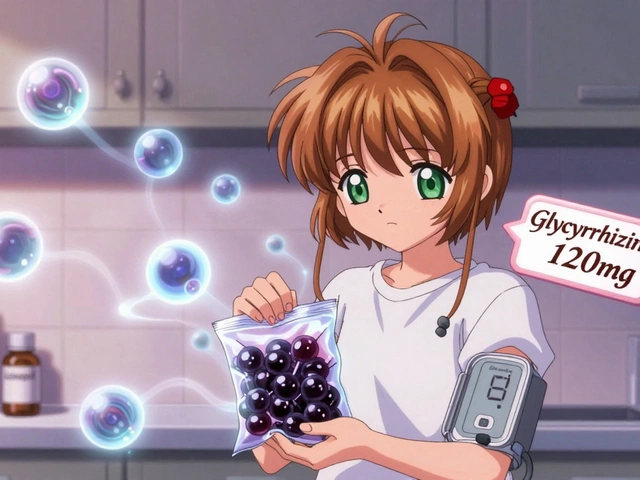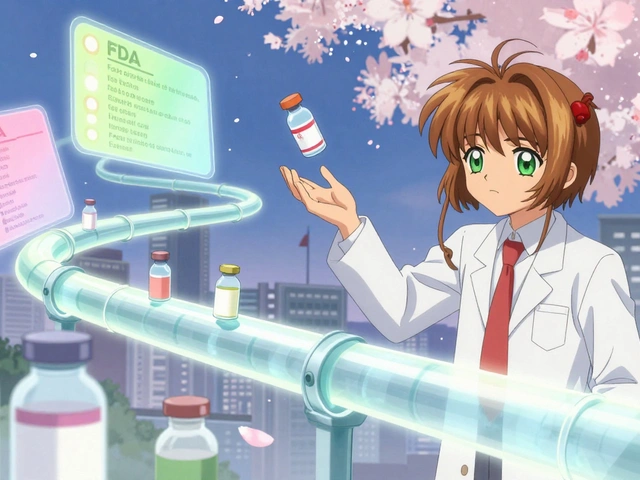Benzalkonium chloride (BAC): what it is and where you’ll find it
A tiny amount of benzalkonium chloride can kill germs fast — and that’s why you see it in lots of products. It’s a quaternary ammonium compound used as a preservative in eye drops, a disinfectant on surfaces, and an ingredient in some nasal sprays and cosmetics.
Knowing where BAC appears helps you make safer choices. It’s common in multi-dose ophthalmic bottles (usually around 0.01%), surface cleaners (often 0.1% or higher), and some household wet wipes. Labels sometimes say "benzalkonium chloride" or simply "QAC."
How BAC works — and why dose matters
BAC is a surfactant: it breaks cell membranes of bacteria and some viruses, so they fall apart. That’s great for short-term disinfection. Effectiveness drops if the surface is dirty or covered in organic matter, so cleaning first still matters.
Concentration changes everything. Eye drops use very low levels to prevent microbial growth in multi-dose bottles. Surface disinfectants use higher concentrations and contact times (read the label) to actually kill pathogens. Never improvise concentrations.
Safety: when BAC can cause problems
Short-term exposure is usually fine for most adults, but BAC can irritate sensitive tissues. In the eyes, long-term use of BAC-preserved drops may cause dryness, redness, or damage to the corneal surface for some people. If you wear contact lenses, check compatibility — some solutions and lenses don’t mix well with BAC.
Skin reactions and allergic contact dermatitis are possible with repeated exposure. Inhaling sprays that contain BAC can irritate airways in people with asthma. Swallowing or heavy exposure requires medical attention; always follow product directions and keep products away from children.
There’s also a practical concern: bacteria can develop decreased susceptibility to quaternary ammonium compounds after repeated low-level exposure. That doesn’t mean BAC stops working overnight, but it’s another reason to use disinfectants properly and avoid overuse.
If you’re using an eye drop every day or have chronic eye issues, ask your eye doctor about preservative-free single-dose vials. For wound care or sensitive skin, look for alternatives like chlorhexidine or povidone-iodine as directed by a clinician.
For cleaning surfaces at home, follow the product label for contact time and concentration. If you want a simpler choice, 70% isopropyl alcohol is effective for many tasks, and diluted household bleach works for hard, non-porous surfaces when mixed correctly.
Questions about a specific product or how BAC interacts with your meds? Reach out to a pharmacist or your clinician. At BlinkHealth Pharmaceuticals we list common uses, safety notes, and alternatives to help you pick the right product for your needs.
If you suspect a bad reaction to a BAC product, stop use and see a healthcare provider. Keep product labels or packaging — that helps your clinician identify exposure and give the right advice.
How benzalkonium chloride/zinc oxide is used in the cleaning industry
As a blogger, I've come across some fascinating information about how benzalkonium chloride and zinc oxide are used in the cleaning industry. It turns out that benzalkonium chloride is an effective disinfectant and sanitizer, commonly found in household and commercial cleaning products. On the other hand, zinc oxide is often used as a gentle, natural cleaning agent in products like laundry detergents and surface cleaners. Both of these ingredients not only help to remove dirt and grime, but also play a crucial role in killing harmful bacteria and ensuring a safe, clean environment. It's amazing how these two versatile compounds contribute to the efficacy of the cleaning products we use every day!






